The Gulf is warm, the air is thick, and June 1 marked the official start of the 2025 Atlantic hurricane season. On paper, it’s the calm before the storm. But if you’ve lived on Florida’s west coast long enough, you know these waters don’t stay still for long.
Forecasters are calling for an above-normal hurricane season this year — 13 to 19 named storms, up to 10 hurricanes, and at least 3 to 5 expected to reach Category 3 strength or higher. It’s a pattern we’ve seen grow stronger in recent years, and it’s one Florida’s Gulf Coast knows all too well.
And yet, even in the face of so many close calls, Wellen Park has quietly stood strong.
A History of Hurricanes — and a Community That Holds
Let’s rewind to 2022, when Hurricane Ian tore across Southwest Florida as one of the most powerful storms in state history. The eye passed directly over Fort Myers and Cape Coral, unleashing 150 mph winds and devastating storm surge. Ian caused over $110 billion in damage, making it the costliest storm Florida has ever seen.
But while areas just 45 minutes south experienced catastrophic flooding and wind damage, Wellen Park remained largely unscathed. There were some downed trees and temporary power outages — but no widespread structural damage. The same story repeated with Hurricanes Idalia and Helene in 2023 and 2024. These storms brushed the Gulf Coast and battered parts of the Panhandle and Big Bend.
Built with storm resilience in mind, Wellen Park’s modern construction codes, buried power lines, and stormwater management systems have already proven their worth. Homes are elevated. Roads drain fast. And because many neighborhoods are still new, roofs are recent and materials are up to current standards.
It’s one reason so many families and retirees have relocated here in recent years. It’s not just the good vibes and sunsets — it’s the sense that when things get tough, this place holds up.
But Let’s Not Be Complacent
This year, the same conditions that fueled those past hurricanes — warm Gulf waters, minimal wind shear, and an active tropical wave season from West Africa — are back. The National Oceanic and Atmospheric Administration (NOAA) gives a 60% chance of above-normal activity in the Atlantic basin for 2025. And Colorado State University’s early season forecast agrees: expect 17 storms, 9 hurricanes, and 4 majors.
That means while Wellen Park may have been spared in recent years, it’s no guarantee we’ll always stay dry.
Tropical storms don’t need to make landfall to cause problems. Heavy rainfall, inland flooding, tornadoes, and power outages are common even in “glancing” strikes. And as we’ve seen with recent storms, rapid intensification is now the rule, not the exception. A storm can go from a tropical depression to a full-blown hurricane in less than 24 hours, giving residents little time to react.
Florida’s Gulf Coast: A Hot Spot for Hurricane Landfall
Since 1999, every major hurricane (Category 3 or higher) to strike the U.S. has made landfall on the Gulf Coast. Not the Atlantic. Not the Carolinas. The Gulf. That includes:
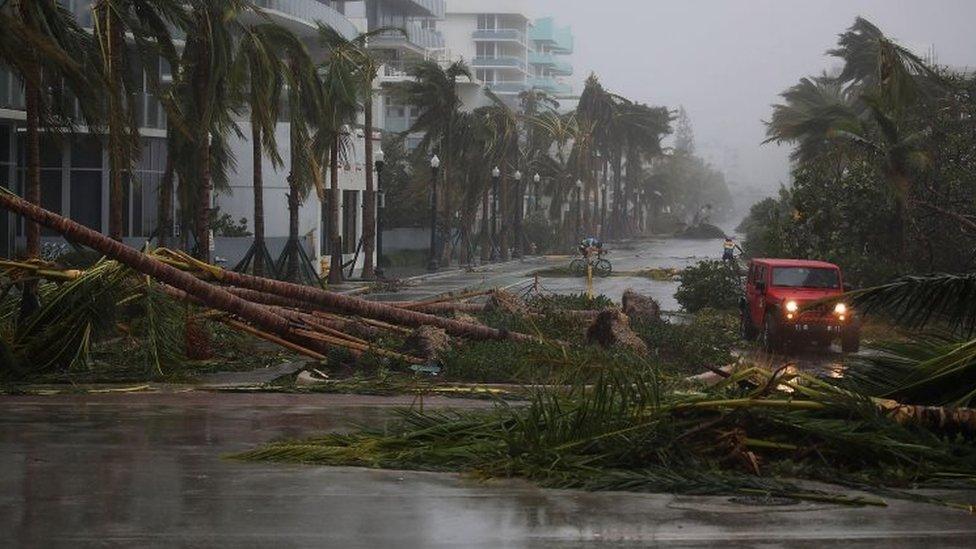
Hurricane Irma (2017) – caused $50B in damage across Florida
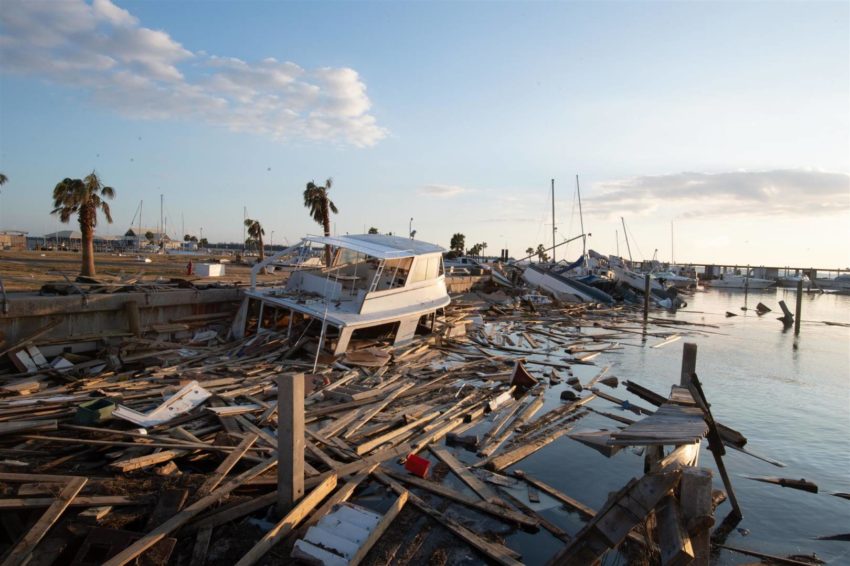
Hurricane Michael (2018) – Category 5, flattened the Panhandle $25B in damage
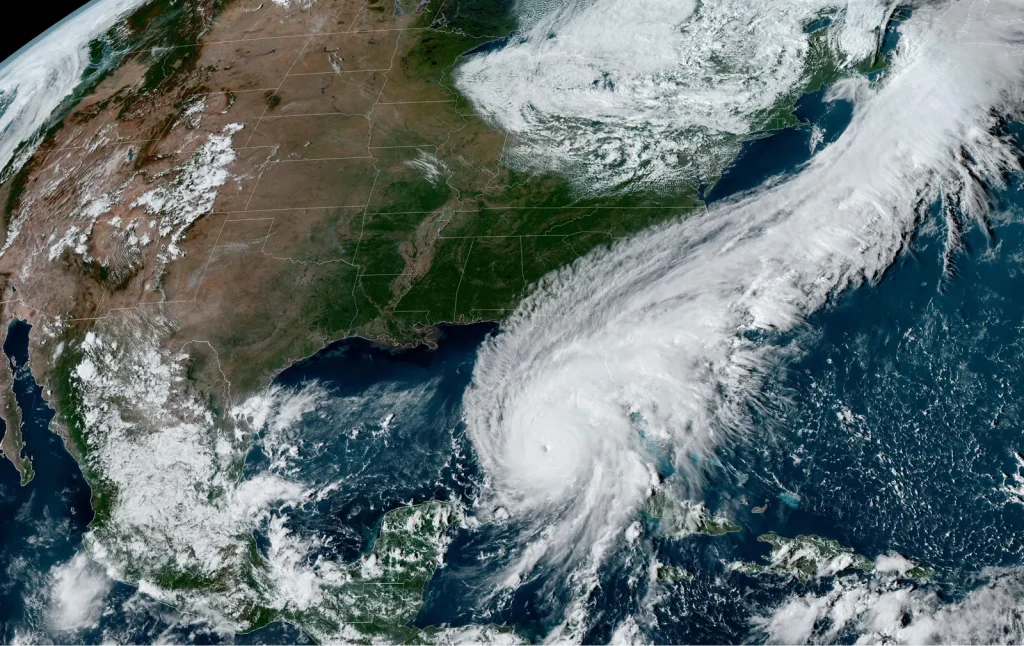
Hurricane Ian (2022) – Florida’s costliest storm ever $112B in damage
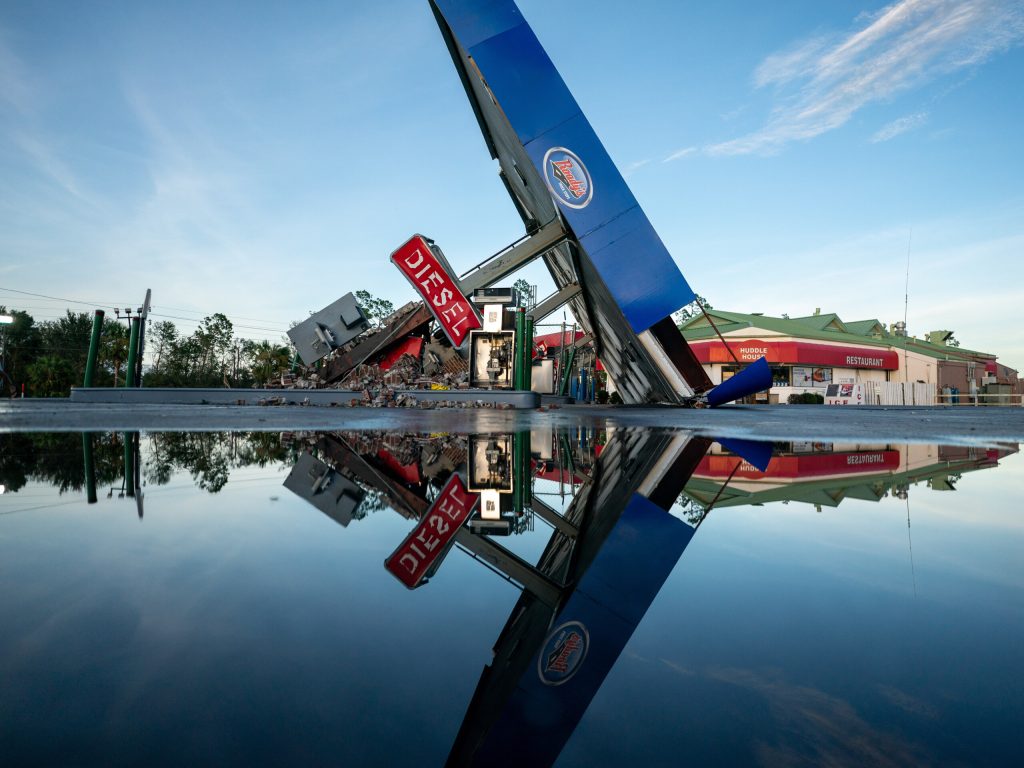
Hurricane Idalia (2023) – struck the Big Bend $3.6B in damage
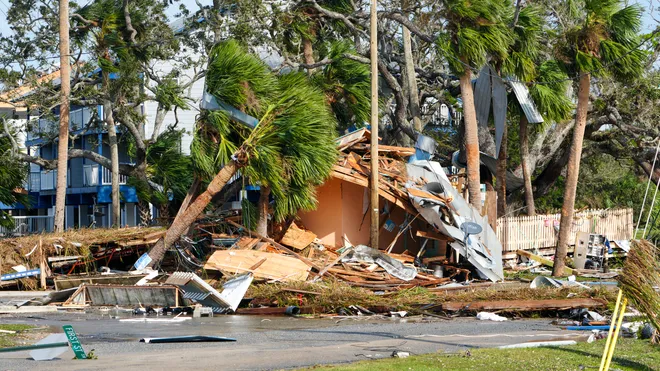
Hurricane Helene (2024) – grazed the coast but spawned major flooding inland
It’s not a coincidence. Warmer waters in the Gulf of Mexico act like jet fuel for tropical systems, especially when upper-level winds are light. And while Wellen Park has managed to stay out of the direct path, our regional exposure is growing, not shrinking.
Preparing Now: Smart, Simple, and So Worth It
Preparation doesn’t have to be complicated. But it does need to happen early — not when a storm is on the doorstep. Here’s how to stay ahead:
1. Review Your Insurance
Make sure your homeowner’s insurance covers wind and flood. Many policies don’t include flood damage by default. Check your deductible, too — especially if it’s hurricane-specific.
2. Build a Storm Kit
Start with water (one gallon per person per day for 3–5 days), non-perishable food, battery-powered radios, flashlights, chargers, medications, and cash. Don’t forget pet supplies and comfort items for kids.
3. Know Your Evacuation Zone
Wellen Park sits on relatively high ground, but it’s still vital to know your zone and evacuation routes. Sarasota County’s emergency management website provides detailed maps and real-time updates.
4. Prepare Your Property
Clean your gutters and downspouts to avoid water backups. Trim trees or branches close to the house. Test and secure shutters or consider investing in hurricane-rated windows. Outdoor furniture? Have a plan to bring it inside quickly.
Now’s also the time to check your generator.
Solar panels with battery backup, like Jackery Solar Generator systems, are gaining traction in Wellen Park and offer quiet, sustainable power — even when the grid is down.
A small portable generator can keep your fridge, lights, and phone running in an outage — but remember to store fuel safely and run it outdoors only.
A whole-home generator, connected to your natural gas or propane line, can power everything with zero hassle — a serious investment, but one that adds value and peace of mind.
5. Communicate a Plan
Have a conversation with your family — even your neighbors. Who stays? Who goes? Where will you go? These are easy questions now that become hard during a storm watch.
Wellen’s Quiet Confidence
There’s a quiet kind of confidence in Wellen Park. A feeling that this community is built for more than just everyday life — it’s built to withstand what Florida throws at it. And so far, it has.
But resilience is a shared responsibility. Developers gave us strong bones. Now it’s on us — as homeowners, renters, business owners, and neighbors — to do our part. Whether it’s preparing your home, helping a neighbor get storm-ready, or simply staying informed, every step we take now builds a safer Wellen Park later.
A Season Yet to Be Written
As we slide deeper into summer, the true storm season hasn’t even begun. August through October is when the Gulf usually wakes up. So don’t let the early calm lull you into false security.
Remember: Wellen Park’s track record is strong — but our future safety depends on what we do today.
Let’s take the quiet weeks ahead to get ready, stay connected, and continue proving that Wellen Park isn’t just a beautiful place to live — it’s a smart one, too.



